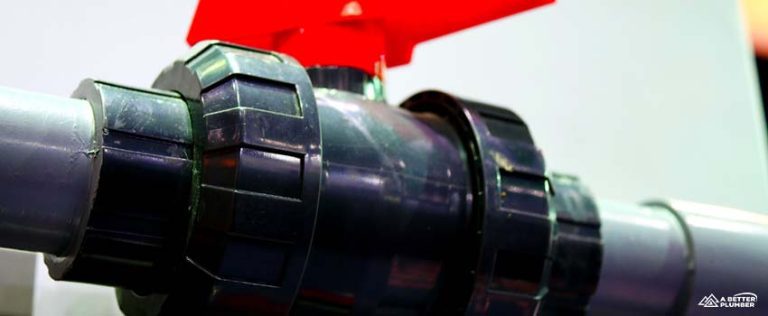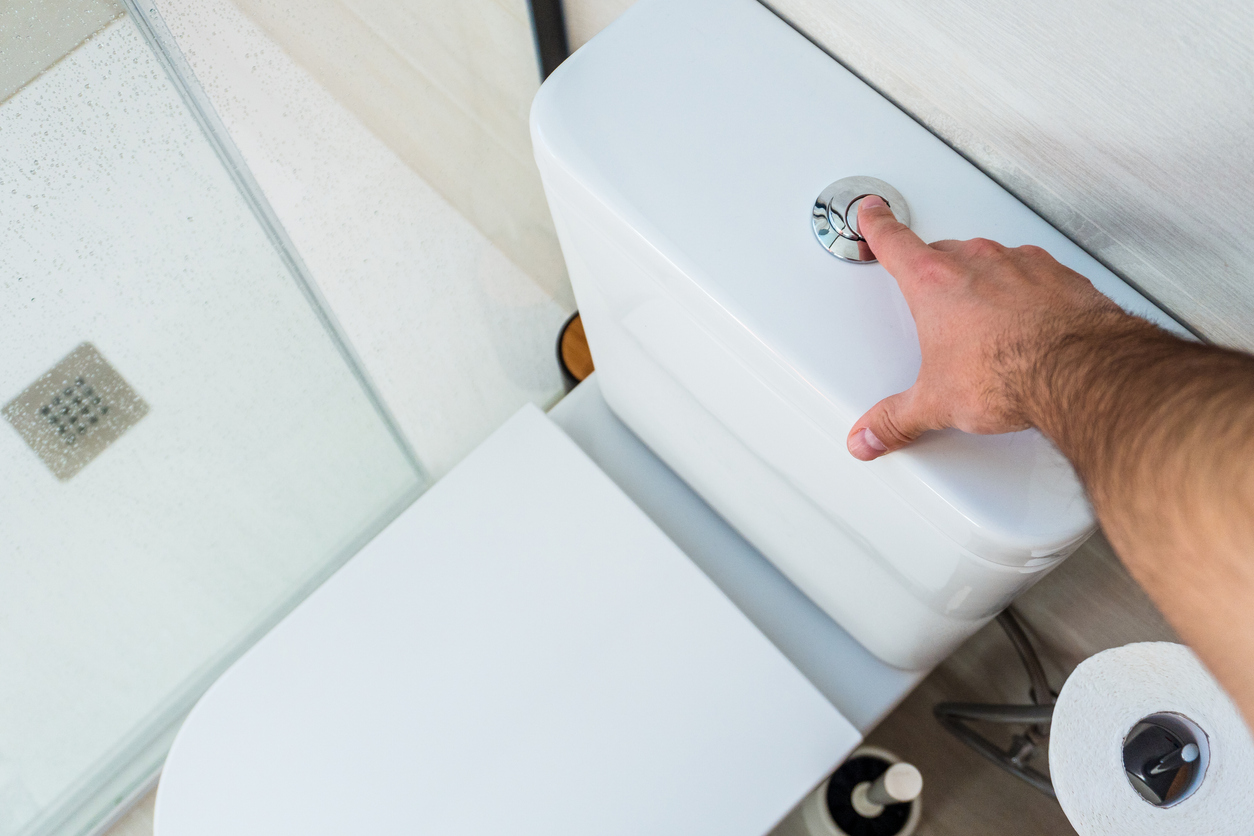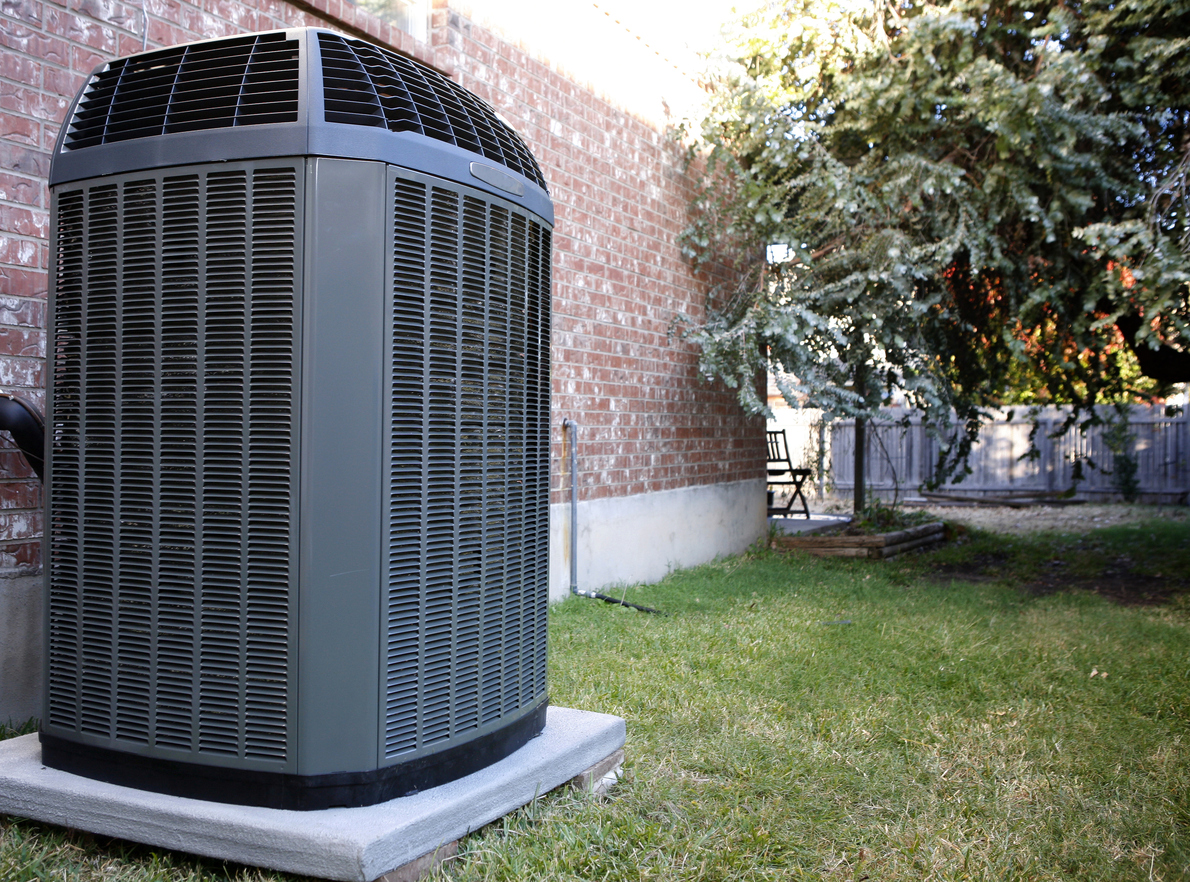What Are Butterfly Valves and How Do They Work?

One of the most popular plumbing valve options today is the butterfly valve. It’s a kind of quarter-turn valve that uses a disc placed inside the center of the pipe to control or block the flow of liquid that passes through it. Operation is pretty straightforward as one just has to turn the lever or wheel on the top of the valve to turn the disc and shut down the water flow.
Because it is simple to use, easy to install, lightweight, durable, and inexpensive (as compared to other valve types), butterfly valves are used for a lot of applications that require control of liquid flow, including petroleum pumps and commercial and residential plumbing.
This type of valve is named as such because the disc opens and closes (much like a butterfly) when the lever on top is turned.
How Does a Butterfly Valve Work?
The rotating disc of the butterfly valve opens or closes at just a quarter turn on the rod, which secures it. The action often results in a slight pressure drop, although the valve can be partially opened to regulate or manage different flow rates.
A typical butterfly valve is commonly used in treating water and wastewater since it can handle different fluids. These include those with suspended solids like powders and granules.
What Is the Butterfly Valve Working Principle?
From an operational standpoint, a butterfly valve can be opened and closed by rotating it at a one-quarter turn. The “butterfly,” a metal disc mounted on a rod, is placed in the middle of the pipe, with the rod passing through it on its way out.
The rod can be rotated through a hand wheel or an actuator to turn the disc parallel to or perpendicular to the flow of the fluid. The butterfly valve closes when the disc plane is perpendicular or at a right angle to the pipe’s center line. If the disc is turned a quarter, the valve will open. This allows the fluid to flow almost unrestricted. To throttle fluid movement, butterfly valve manufacturers have designed the device in a way that it can also be opened incrementally.
A vertically-placed stem can cause solid substances to get under the disc and damage it. The stem should be horizontally positioned on a mounted butterfly valve. This allows debris to be removed from the pipe as the valve closes.
Butterfly Valve Components
A butterfly valve is composed of the following parts:
1. Valve Body
The valve body is made from a strong, rigid material that houses and protects the disc. It also connects the valve to the external operating mechanism and the piping system.
2. Disc
The disc is among the most important butterfly valve components as it is what directly regulates and stops the flow of liquid in the pipeline. Because of its perpendicular position inside the pipe, the disc can effectively control the flow rate, depending on the angle it is rotated.
3. Stem
The stem or the rod is a shaft connecting the disc to the external operating mechanism or the lever. To prevent incidences of water leaks, the stem is usually sealed with O-rings or bushings.
4. Seat
When a butterfly valve is closed, the ring-like seat seals the valve body and the disc edge. This sealing action is essential to prevent fluid leakage from the discharge part of the valve. The valve seat can be made either of metal or any soft material like plastic. Valve seats made from plastic or elastomeric can deform at high temperatures, so their exposure is often limited.
5. Operating Mechanism
This is an external component of a butterfly valve that controls fluid flow. It can either be manually rotated through the stem or automatically actuated.
Types of Butterfly Valves
A butterfly valve comes in several types, including:
1. Concentric
Also known as the zero offset butterfly valve, this has both the stem and the disc centered within the valve body. In concentric butterfly valves, the flow of water is often split in half, which happens when the disc is fully open.
The great thing about a concentric butterfly valve is that the fluid involved does not have direct contact with the valve body as the seat covers it. In this case, the seat has to be resilient, and polymeric or any elastic material is most suitable. Rubber is also often used because it is cost-effective and won’t tarnish easily.
2. Double Eccentric
These high-performance butterfly valves feature a soft seat, just like zero offset valves. The difference is that these valves can withstand higher temperatures and pressures, unlike a concentric butterfly valve. For this reason, the double eccentric is usually installed in gas pipelines.
3. Triple Eccentric
This butterfly valve often has a metal-based seat, which is a required design. Since the valve is primarily used when high pressure or temperature is present, metal seats are more durable and rigid. Although this can eventually reduce valve wear, the triple eccentric, nonetheless, is known to last longer than the double offset and the zero offset.
4. Wafer Type
The wafer butterfly valve has the most cost-effective connection design. It has two pipe flanges across its body which are connected by bolts.
The valve, however, is not suitable as a remote device. It will also not work in end-of-line services. Also, when wafer-type butterfly valve maintenance is needed, an entire pipe system has to be shut off temporarily.
5. Lug Butterfly Valve
Like the wafer type, the lug butterfly valve has two pipe flanges, but this valve works well as an isolation device, unlike the wafer model. Its design is unique in that one side of the valve can be removed without affecting the other. This reduces downtime during a lug butterfly valve maintenance.
6. Double Flange
A double-flanged butterfly valve has a flanged end on both sides. This allows for greater accuracy in terms of piping installation, especially since the flanges usually have to match the dimensions of the pipes.
Key Takeaway
Water valves come in different types, and a butterfly valve is one of them. Although it is often used in industrial settings, the butterfly valve has since found its way into the plumbing world. This should not be surprising because the valve has several properties that make it a good fit for plumbing pipes.
Easy to install and maintain, a butterfly valve is also lightweight. It is one plumbing device that people may want to consider if they are having problems managing water flow in their homes.
Absolute Electrical Heating and Air is the company to contact if you’re having problems with your water valves.
Valves are crucial in how your water supply gets to your home. Over time, however, they can malfunction. If you’re experiencing problems with your plumbing in Denver, CO, Absolute Electrical Heating and Air is ready to help. Our specialist can check the problem valve for you at your most convenient time. Call us now so we can help you.
CONTACT US
Request Service


Save Every Year with an Absolute Advantage Membership
Expert Annual System Safety Inspections & More
- Priority service
- Waived dispatch fees
- Yearly furnace, A/C, & electrical system inspections
- 10% discount on repairs and additional diagnostic services
- Up to $500 off HVAC & electrical panel replacements







